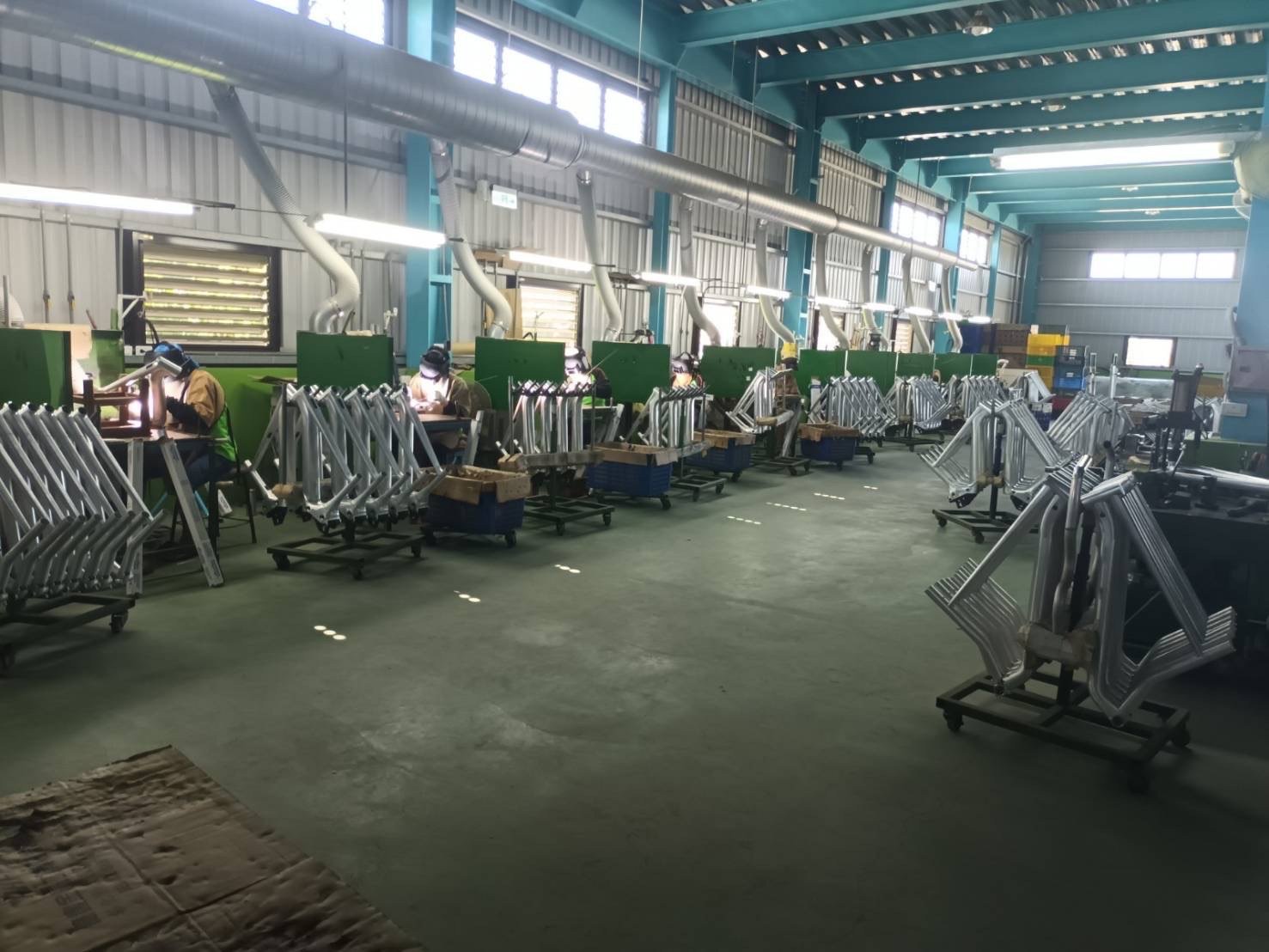Navigating Bike Production Around Taiwan-China Political Tensions.
As we enter the year 2023, we have been receiving a significant number of concerned enquiries from clients worried about Taiwan-China political tensions and how it might affect their production for complete bikes, frames, components, etc. Here are some insights from our years of operating in the bike manufacturing industry on how to better navigate the political issues in the coming years.
Oerus is a supply management agency with offices in both Taiwan and China, so we are often confounded about the increasing concern about this issue. The tension is real, but it has also been there for most of our lives, especially during the 1990s where we saw true escalation. Nevertheless, business on both sides continued through the 1990s and 2000s. In fact, business between Taiwan and China increased substantially in those periods. The recent rhetoric is nothing significant really. Despite some recent trade sanctions, cross-strait business for a majority of goods and services – including bike and e-bike components – continues to exist.
During the height of the Covid-19 crisis, we received a great deal of requests to move production out of China due to geopolitical issues, increasing costs, tariffs, cost-benefits of other countries, etc. The movement of production to neighboring countries in Southeast Asia has been occurring for years already. Production of complete bikes, bike frames, and components in Indonesia, Vietnam, Cambodia, and Thailand have already reached mid to high end standards. Yet, it is abundantly clear that Southeast Asia still relies heavily upon the established supply chains from China, importing a high percentage of resources and parts. The same can be said of Taiwan, who still relies on China for import of many resources and semi-finished parts. Our conclusion here is that it is currently impossible for the bike manufacturing industry to entirely dissociate from China. Moving production away from China for cost incentives is practical, but doing so because of geopolitical issues is not recommended because production anywhere else will still be affected.
Our recommendations are to: 1) Determine the quality level and price point you wish to achieve for each product line and if China is still the best fit in both short and long term scenarios, 2) Conduct cost-benefit analysis of manufacturers in each potential country, 3) Study the bill of materials to understand how much of its composition originates from China, 4) Factor in how current import duties and tariffs will add costs to your product, 5) Diversify production sourcing to reduce overall reliance on a product line supply chain, 6) Follow best practices on standard due diligence requirements and manufacturing pertaining to each jurisdiction.

